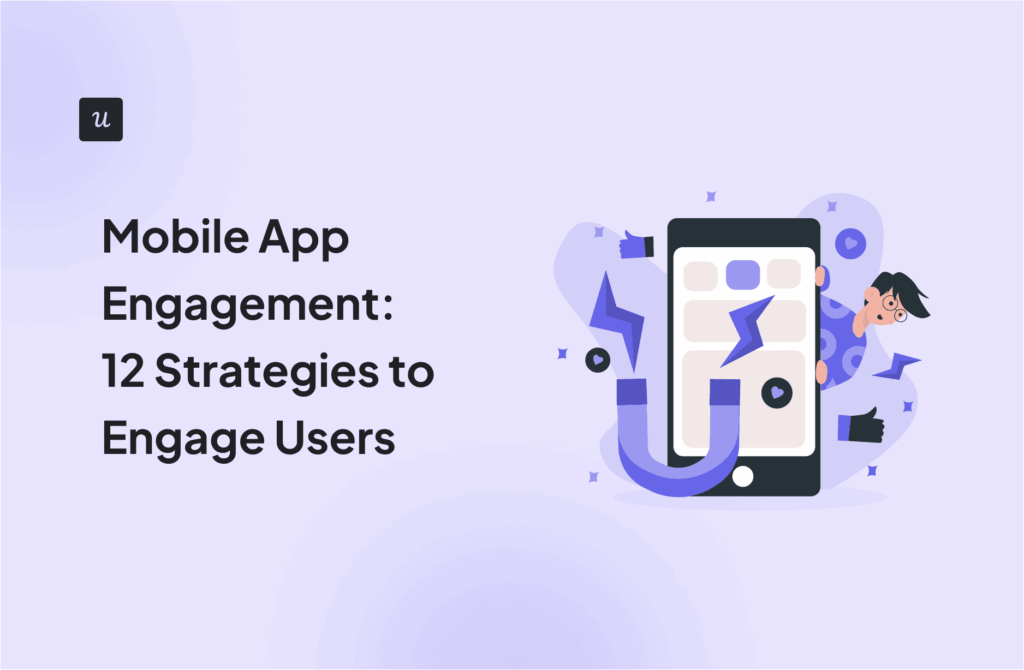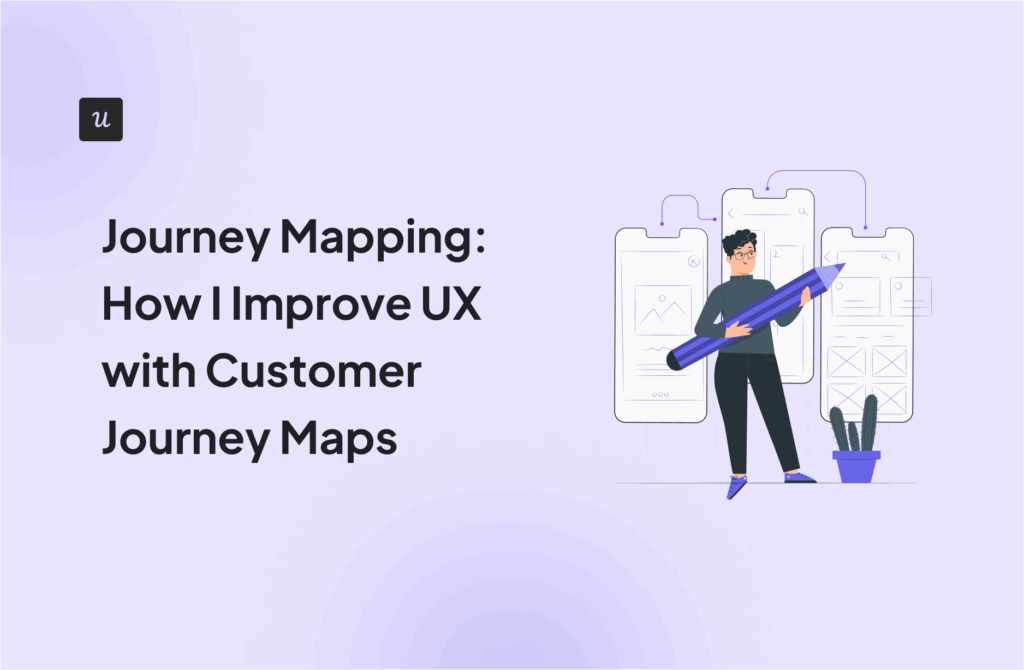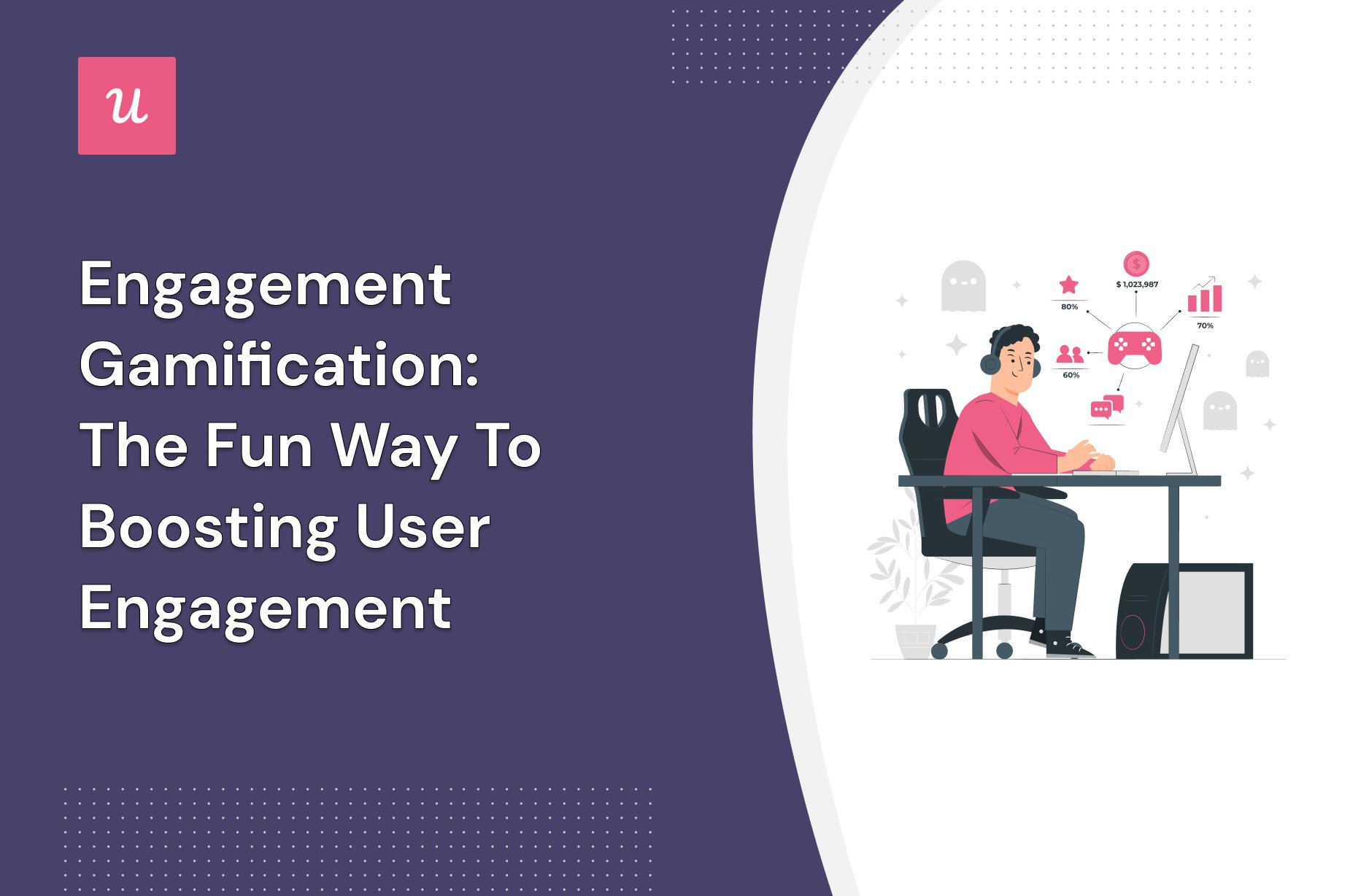
Boosting user engagement is a surefire way to nurture customer loyalty, but how do you actually encourage users to use your product? In this article, we’re going to go over how engagement gamification increases user engagement, how you can implement it, and the best practices to follow!
What’s your biggest challenge with user engagement?
Understanding your main hurdle helps in applying the right engagement gamification techniques.
How are you currently trying to boost engagement?
Your current strategy will determine the next best step for your product’s growth.
What’s your primary goal with engagement gamification?
Defining a clear goal is the key to a successful gamification strategy.
Ready to perfect your engagement gamification strategy?
Userpilot can help you build delightful, gamified experiences that drive user activation, adoption, and retention—all without writing a single line of code. See how it works.
Try Userpilot Now
See Why 1,000+ Teams Choose Userpilot

Engagement gamification summary
- Gamification increases customer engagement by making your product more entertaining, creating a sense of friendly competition, and rewarding behaviors that you’d like users to repeat.
- Applying gamification to your product can increase customer engagement, employee engagement, marketing ROIs, and even customer education programs (by incentivizing learner engagement).
- Celebrating user milestones is a great way to make customers feel like you’re rooting for their success. Try offering rewards or playing a congratulatory animation whenever users achieve something noteworthy.
- There are three key principles that you need to adhere to if you want to make gamification work for your product.
What is SaaS gamification?
SaaS gamification is a strategy for keeping users engaged and encouraging repeated use of the product. Customer engagement tools use various game elements like leaderboards, checklists, levels, and badges to motivate users to keep returning the product.
How can gamification inspire engagement?
You’re probably wondering how you can use gamification to increase user engagement. There are a few ways you can use a gamified system to encourage customers to interact with your product.
The first (and most common) is by implementing gamification as a form of entertainment. Game-based learning — like daily quests, achievements, and new skills that users unlock by trying specific features — is a great way to make customer education more fun.
You can also use gamification to create a sense of competition amongst users. Something as simple as having a live leaderboard could motivate employees to work harder in the interest of maintaining their lead (or catching up to the frontrunner).
Lastly, you can use gamification to reward users whenever they perform a positive action. By rewarding specific ways that users interact with the product, you’ll incentivize users to repeat that action in the future.
Regardless of how you decide to use gamification, make sure the game design elements are benefiting the product experience rather than taking away from it.
Taking things too far — even with the intent to increase user engagement — could actually have the opposite if you go overboard with game elements. This is especially true for intrusive game mechanics that get in the way of the user’s job-to-be-done (JTBD).
Here’s an example of how Calendly uses gamification to improve user engagement:
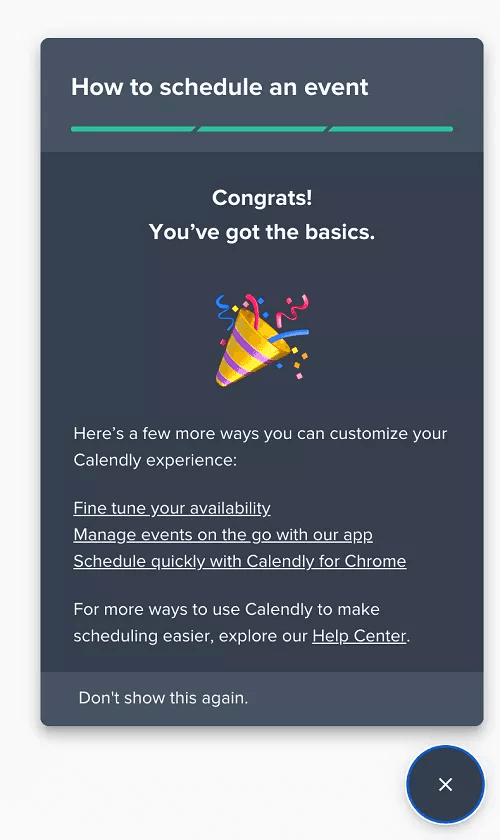
Where is engagement gamification applied?
There are four main areas where gamification techniques can help to further business goals in the SaaS world:
- Customer engagement: Using gamification marketing to engage customers directly or increase user engagement through the addition of game dynamics like rewards, checklists, and other gamified apps. Key performance indicators (KPIs) for this use case are user growth, product adoption rates, and customer retention.
- Employee engagement: Gamification is also used to increase employee engagement. Getting employees to play games (while still working towards their tasks) leads to intrinsic motivation and increased productivity. Human resources personnel have also reported lower rates of conflict when employees adopt gamification and chase rewards in a digital system.
- Marketing: Gamification marketing boosts the ROI of promotional campaigns by creating unique customer experiences and turning every user’s interaction more similar to playing a video game that provides instant gratification.
- Education: Gamification increases the incentive for more customers to learn about your product throughout their daily lives by making customer education a more engaging experience.
How to implement engagement gamification
Whether you plan on using these gamification techniques for mobile apps, web apps, or native software there are a few key elements that can create a gaming experience that appeals to any customer’s human nature.
Let’s take a closer look at UX gamification elements like checklists, progress bars, tooltips, badges, and rewards in the subsections below to see how they can have a positive effect on your product growth!
Checklists
Checklists make long processes less intimidating by breaking them down into easily digestible steps. This makes e-learning feel like a fun journey rather than a tedious chore that needs to be plowed through.
Seeing steps marked as accomplished gives users real-time feedback that provides a similar serotonin boost to when they see their characters complete a quest in-game. This dopamine hit encourages them to keep going in the same way that playing games does.
Onboarding gamification is one of the best use cases for checklists since the first few minutes after users create an account will often determine whether or not they become long-term paying customers.
By giving users added momentum during their onboarding process, gamification makes the act of making progress something that’s actually fun for the users. In addition to reducing churn, this will also make users more open to secondary or tertiary onboarding in the future.
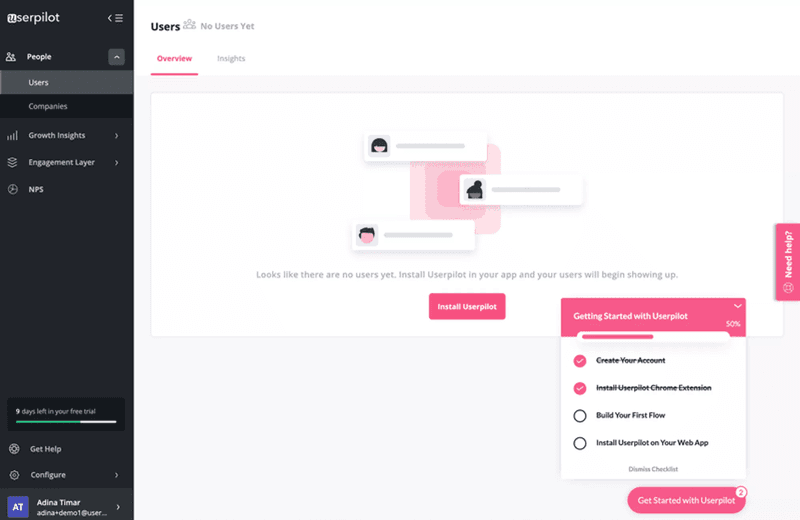
Progress bars
Similar to checklists, adding a progress bar can create a sustained feeling of accomplishment that drives user engagement. There are different forms of progress bars and which one is the right fit will depend on your product type.
Fitness apps may prefer a streak-style graph, while B2B software may be better off with a standard bar, wheel, numbered steps, or completion percentage. Progress bars are often used alongside checklists to make the onboarding process more gradual for users.
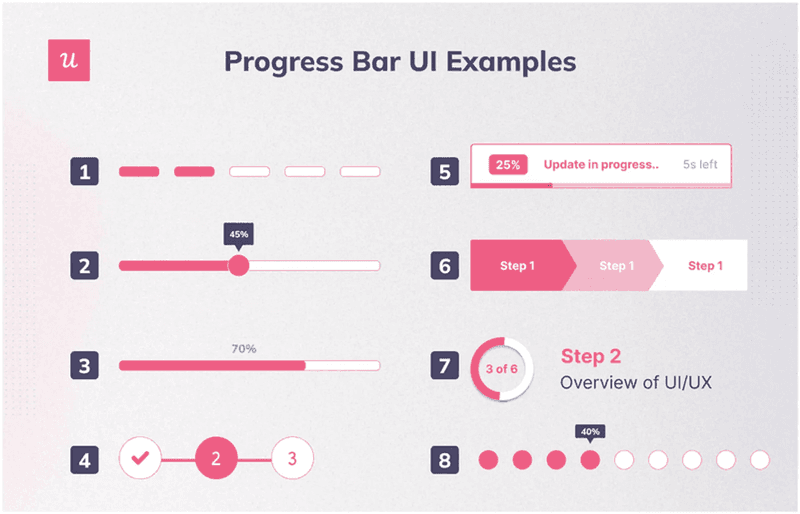
Native tooltips
Tooltips are usually used to announce new features, tease exciting updates, or guide users on how to interact with a feature they haven’t used before. These native tooltips don’t have to be limited to boring text boxes though.
Adding emojis, badges, or progress bars to your tooltips can make them more eye-catching and increase the odds that customers interact with them. Tooltips are perfect for increasing feature discovery, upselling customers, and creating a more contextual onboarding experience.
See how Airbnb uses a twinkle emoji, high-contrast background, and “Got it” button to draw users into engaging with the tooltip:
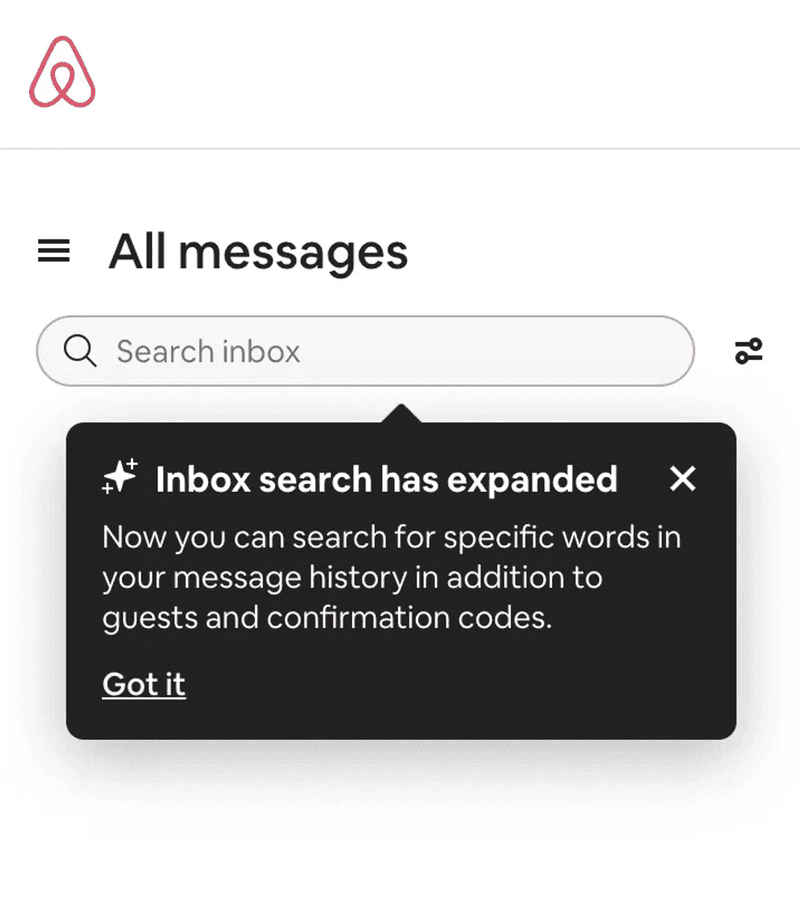
Points and badges
Offering points and badges in a non-game context can give users milestones to strive towards in the same way video game engagement mechanics — like gameplay loops — keep gamers playing for longer.
Using gamification to instill competition is also possible if you make the points of all users publicly visible. This will lead users to compare their points to that of other users and encourage them to amass more points by engaging with the product.
Creating badges that expire after a certain length of time ensures that customer engagement is maintained in the long run (since stretches of inactivity would lead to lost badges). By rewarding regular use, you’ll also be strengthening customer loyalty across your user base.
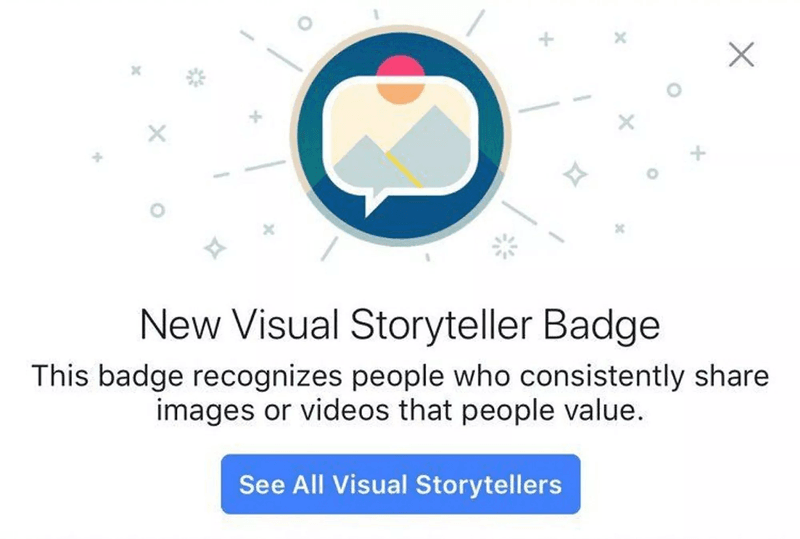
Rewards and celebrations
If you want to go the extra mile in cultivating customer loyalty, you should celebrate every achievement and milestone that users hit. From a psychological perspective, this will make users feel like you’re on their side and happy to see them succeed.
This cheerleading may seem trivial but it can actually be a highly effective way to build stronger customer relationships. There are many ways to celebrate achievements using gamification.
You could offer points, XP, discount coupons, free merch, or even a simple congratulatory animation. The important thing here is to make non-game activities as fun as unlocking an achievement in a video game or beating a tough boss battle in an RPG.
Asana’s milestone unicorn is a great example of how to make in-app achievements feel truly rewarding — not to mention exciting!
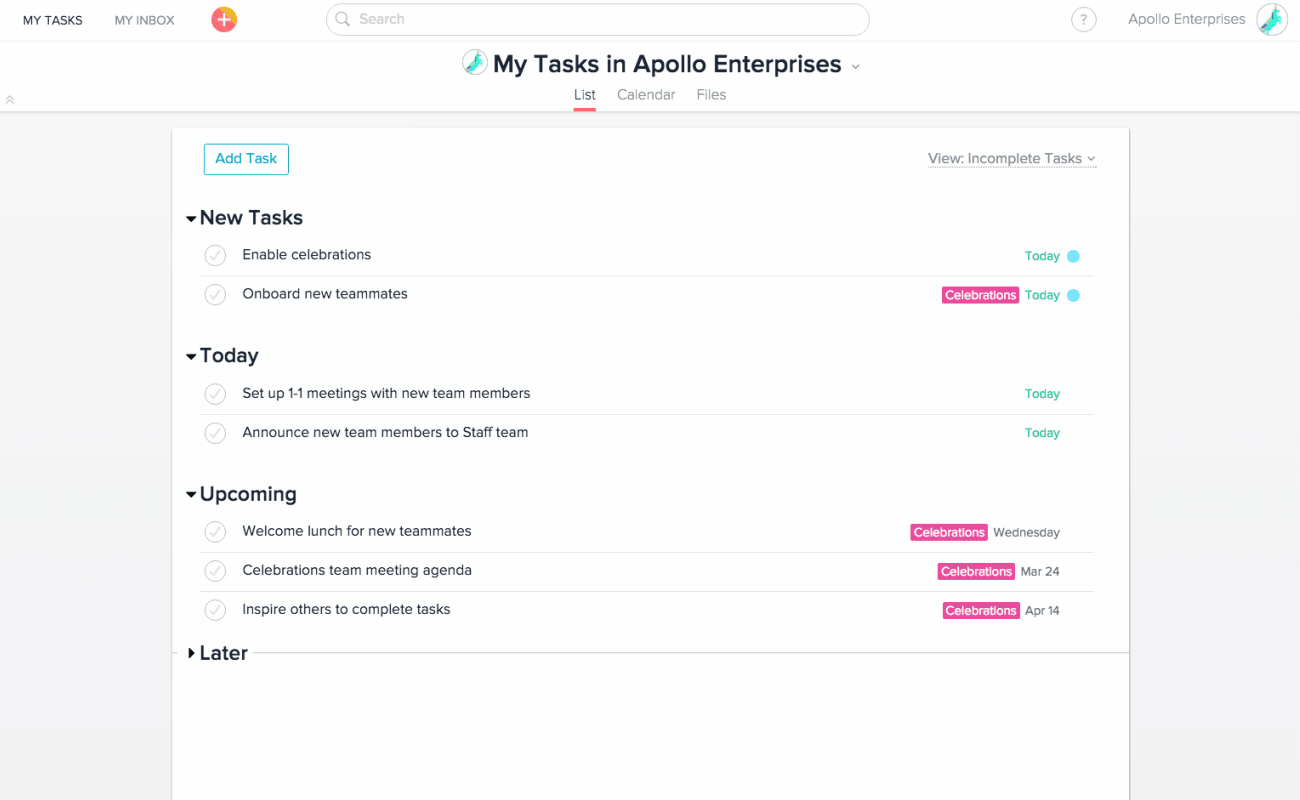
Best practices to nail engagement gamification
You can add as many gamification elements to your product as you want, but it won’t be nearly as effective if you don’t follow the best practices outlined below. Here are three principles to adhere to while executing your gamification strategies.
Personalize experiences and rewards
The most common reason why gamification falls flat is a lack of personalization. No one wants a boilerplate experience and over-generalized rewards. Instead, make sure the gamification elements in your product are personalized to your target audience.
A project management suite targeted towards freelancers should have different rewards and UI/UX game elements than accounting software for C-level executives. Strive to personalize every challenge, reward, and game that you add to your product.
When in doubt, look at engagement analytics to see how users are reacting to your gamification efforts and figure out what to do differently moving forward. You should also consider which segment a user is in and what stage of the customer journey they’re on.
For example, onboarding challenges that require the usage of advanced features would lead to a mismatch between the product knowledge new customers have and the skills necessary to complete the quest.
This could leave a sour taste in the mouths of new users and lead to the gamification doing more harm than good. This is why segmented and personalized experiences are so important when gamifying a product.
Create engagement loops
Whether you’re striving for customer engagement or employee engagement, creating a loop that ties multiple user experiences together is one of the best ways to create continuous engagement.
Engagement loops can leverage rewards, in-app elements, push notifications, and other action drivers as a means of positive reinforcement for users. The goal is to keep the user moving through the adoption flywheel until they become loyal (and paying) customers.
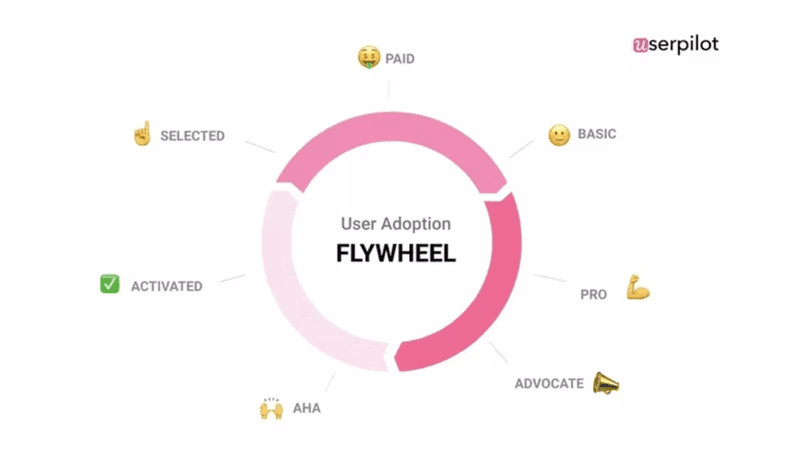
Let users choose their path
Gamification is supposed to be fun, not forced. Give users the flexibility to opt out of all challenges, leaderboards, and pop-ups if they’re not interested in a gamified experience.
You should take it easy with the consequences of failing challenges. Nothing spoils a game faster than losing all your points just because you missed one daily task!
Best engagement gamification examples to learn from
There are countless engagement examples to draw inspiration from, but the six companies below are the best examples of how game mechanics can further product growth goals.
1. Snapchat
Snapchat’s Snapstreaks is a brilliant social media gamification example. These streaks — represented by emojis — give users a reason to keep chatting on the platform instead of switching to another channel like Facebook or Instagram.
Giving users the freedom to build, lose, and regain streaks creates an engagement loop that will keep social media users coming back for more. Snapchat also lets users create social media avatars to make the customer experience feel more personalized and customized.
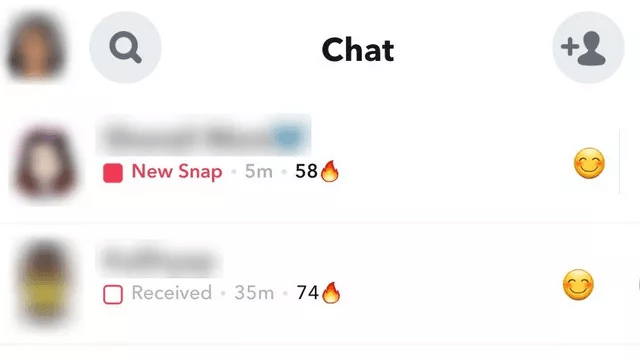
2. Salesforce
For complex software suites like Salesforce, keeping users engaged during the multi-step onboarding journey can be tricky. After all, e-learning isn’t exactly the most exciting task in the world (especially in an era of distractions like TikTok and Netflix).
To get around this, Salesforce uses a progress bar and awards badges to hold users’ attention. Essentially, Salesforce has turned e-learning from a daunting learning curve to an enjoyable quest.
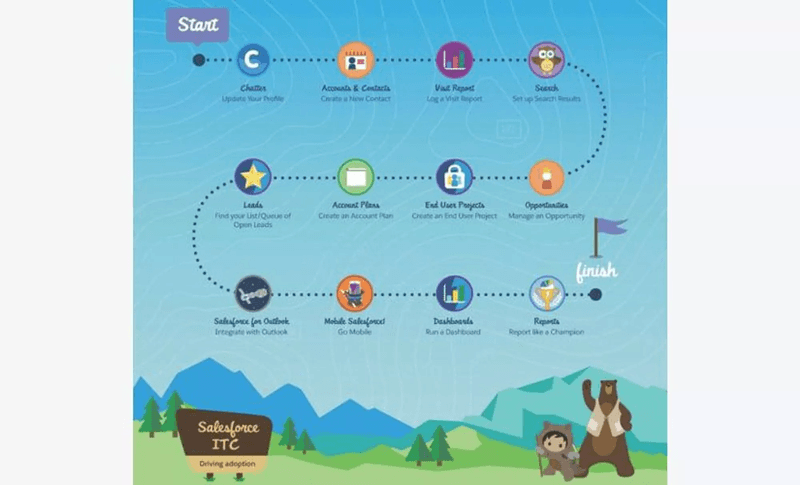
3. Duolingo
Duolingo is the most popular language-learning app with over 50 million monthly active users (MAUs) as of 2022. Still, the development team is well aware that most people quit their language studies after the initial excitement dies down.
To combat this, Duolingo uses a combination of points, badges, and streaks to get users to spend at least a few minutes per day on their language of choice.
Duolingo also has a live leaderboard that boosts motivation, lets students compare progress, and introduces a competitive element to language learning.
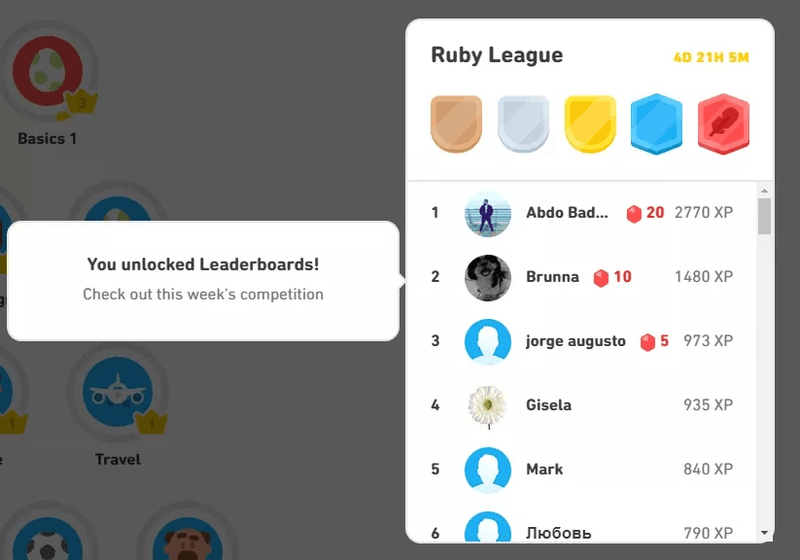
4. Kontentino
Kontentino celebrates every step that users complete along the onboarding journey. For example, a new user will see a GIF of a Kontentino employee when they complete the first onboarding step.
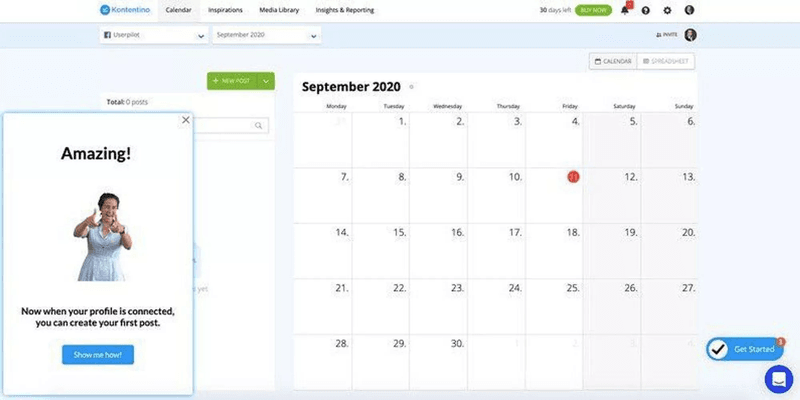
They also include a button that will take the user to the next step which creates an immediate engagement loop. Notice that the button is the only bright color in the congratulatory pop-up, to ensure it stands out.
5. Reddit
Seeing as gamers make up a large segment of Reddit’s user base (the r/gaming subreddit has over 35 million members), it should come as no surprise that the platform has embraced gamification wholeheartedly.
Users can buy Reddit coins which are then used to gift awards to one another (with the most popular being Reddit Gold). Reddit also gives users or “Redditors” badges for their contributions to the platform.
Last but not least, Reddit creates an environment of (sometimes not very) healthy competition by letting Redditors compare their account age and total karma points — which are amassed by Redditors upvoting (i.e., liking) your posts and comments.
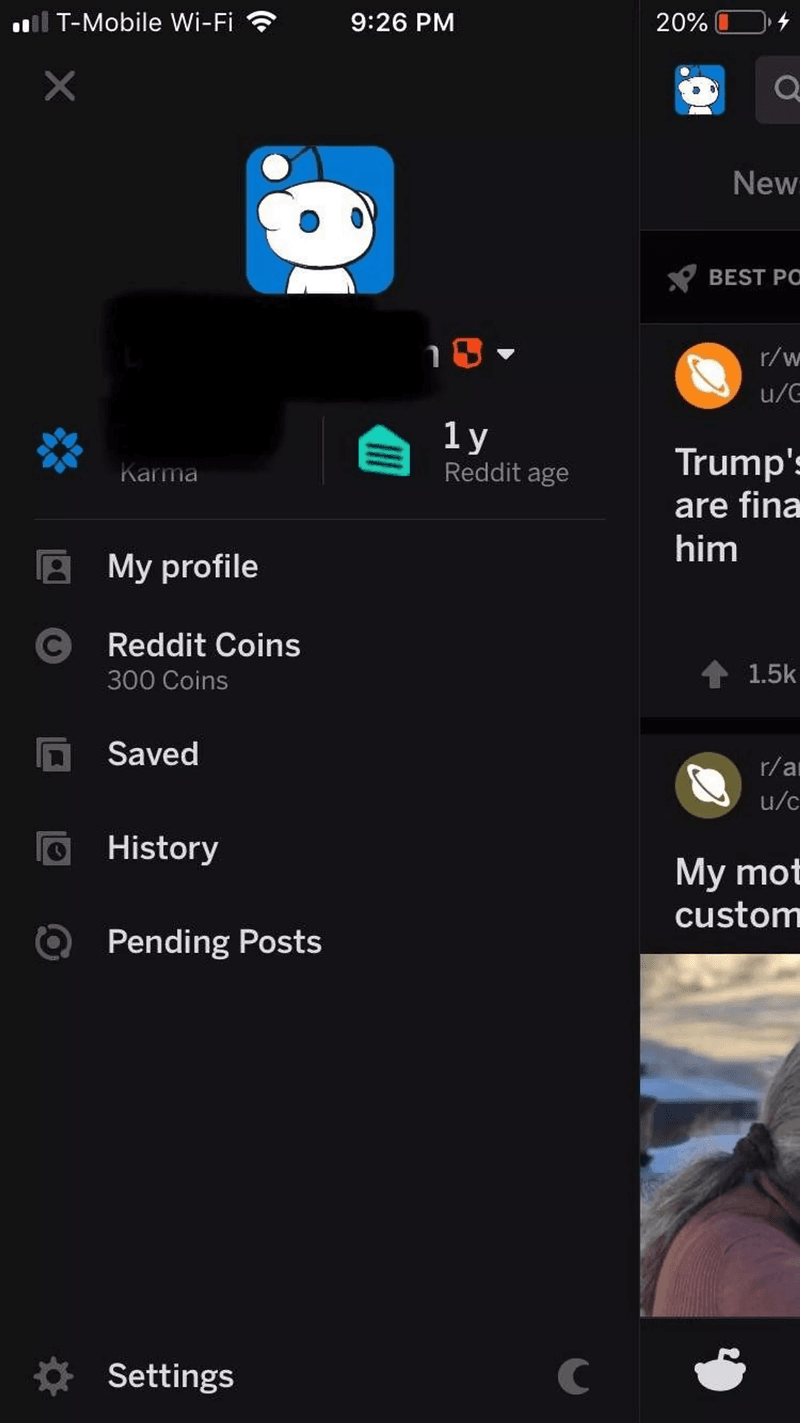
6. Freshdesk
Freshdesk is the model case study for textbook gamification. It gives its customers a variety of points, badges, and trophies to reward them for their product usage.
Agents who receive the most points in a given month get the Most Valuable Player (MVP) trophy. Needless to say, this brings immense bragging rights with it!
Since Freshdesk’s target customers prioritize performance above all else, the platform also features a leaderboard that leverages competition to increase the productivity of agents across the board.
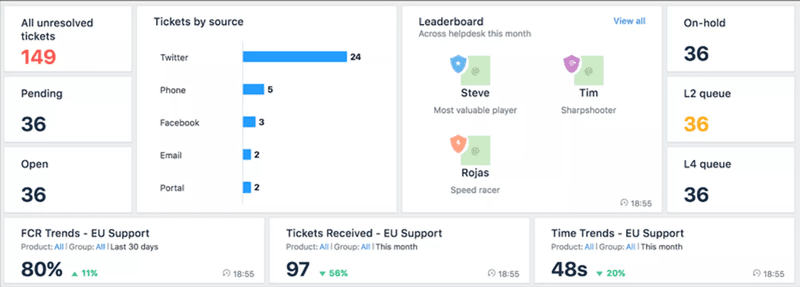
Engagement gamification with Userpilot
If you want to create personalized in-app flows with checklists, banners, tooltips, and a smorgasbord of game elements, then you’ll need the right tool for the job.
Userpilot lets you add no-code UI elements, segment your audience based on in-app behavior, and personalize experiences down to a T. You’ll also be able to view detailed analytics to see how each gamification element, flow, or feature is impacting your growth metrics.
You can even use our product software to track specific events for any segment or time period:
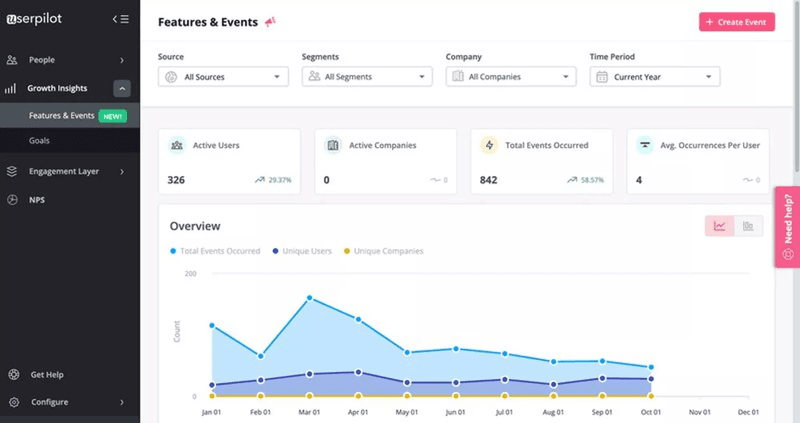
If you want to reap the benefits of gamification without having to hire an entire development team, give Userpilot’s features a try!
Wrapping things up
It’s clear that gamification can help you optimize the customer experience, generate word-of-mouth marketing, and spread brand awareness. The only thing left to do is start executing your gamification strategy by getting a free Userpilot demo today!




